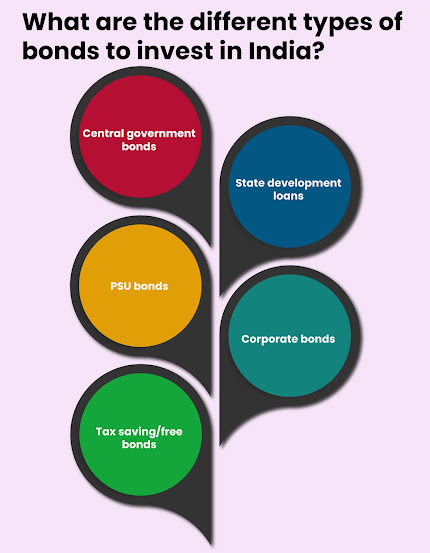Benefits of Principal Protected Market-Linked Debentures
1. Principal Protected Market-Linked Debentures offer investors some essential benefits, chief among them being the safety of their investment principal.
2. If the market value of the underlying assets should decline, the issuer is obligated to make up for any losses investors suffer, using funds set aside for this purpose. This means that your investment is effectively insulated from market volatility.
3. MLDs also offer attractive returns in bull markets, as they are linked to the performance of a basket of underlying assets. This allows you to participate in upside potential while still enjoying downside protection.
4. Another critical benefit of MLDs is that they offer built-in liquidity, meaning you can sell your debentures on the secondary market anytime without waiting for them to mature. This makes them an ideal investment for those needing short-lived access to their capital.
5. MLDs typically come with lower fees than traditional bonds or other fixed-income investments, making them a more cost-effective way to grow your portfolio.
Comparing Market Linked Debentures to Traditional Bonds
When it comes to fixed-income investments, various options are available to investors. Two popular choices are traditional bonds and market-linked debentures (MLDs). Both offer a fixed rate of return, but there are some key differences between the two that investors should be aware of before making a decision.
Companies or governments issue traditional bonds with a term of 5 years or more. The interest payments on these bonds are fixed, meaning they will not fluctuate with changes in the market. This makes traditional bonds a relatively safe investment, but it also means that investors may miss out on potential earnings if market conditions improve.
MLDs, on the other hand, are issued by financial institutions and have terms that range from 1–5 years. The interest payments on these debentures are linked to a benchmark index, such as the S&P 500 or Dow Jones Industrial Average. This means that as the index increases or decreases, so does the return on investment for MLD holders. While this can make MLDs more volatile than traditional bonds, it also allows investors to earn higher returns in a strong market.
So which is the better investment? It depends on your individual goals and risk tolerance. Traditional bonds may be the way to go if you want safety and stability. But if you’re willing to accept more risk in exchange for the potential for higher returns, MLDs could be a better option.
Benefits of Principal Protected Market-Linked Debentures
1. Principal Protected Market-Linked Debentures offer investors some essential benefits, chief among them being the safety of their investment principal.
2. If the market value of the underlying assets should decline, the issuer is obligated to make up for any losses investors suffer, using funds set aside for this purpose. This means that your investment is effectively insulated from market volatility.
3. MLDs also offer attractive returns in bull markets, as they are linked to the performance of a basket of underlying assets. This allows you to participate in upside potential while still enjoying downside protection.
4. Another critical benefit of MLDs is that they offer built-in liquidity, meaning you can sell your debentures on the secondary market anytime without waiting for them to mature. This makes them an ideal investment for those needing short-lived access to their capital.
5. MLDs typically come with lower fees than traditional bonds or other fixed-income investments, making them a more cost-effective way to grow your portfolio.
Comparing Market Linked Debentures to Traditional Bonds
When it comes to fixed-income investments, various options are available to investors. Two popular choices are traditional bonds and market-linked debentures (MLDs). Both offer a fixed rate of return, but there are some key differences between the two that investors should be aware of before making a decision.
Companies or governments issue traditional bonds with a term of 5 years or more. The interest payments on these bonds are fixed, meaning they will not fluctuate with changes in the market. This makes traditional bonds a relatively safe investment, but it also means that investors may miss out on potential earnings if market conditions improve.
MLDs, on the other hand, are issued by financial institutions and have terms that range from 1–5 years. The interest payments on these debentures are linked to a benchmark index, such as the S&P 500 or Dow Jones Industrial Average. This means that as the index increases or decreases, so does the return on investment for MLD holders. While this can make MLDs more volatile than traditional bonds, it also allows investors to earn higher returns in a strong market.
So which is the better investment? It depends on your individual goals and risk tolerance. Traditional bonds may be the way to go if you want safety and stability. But if you’re willing to accept more risk in exchange for the potential for higher returns, MLDs could be a better option.




Comments
Post a Comment